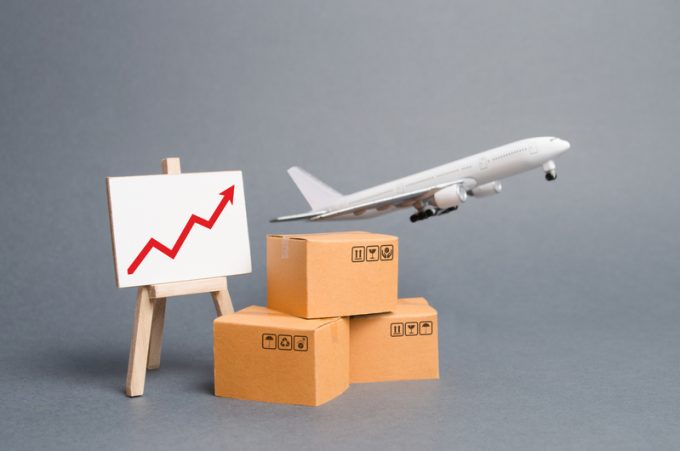Soft airfreight market casts doubt over H2 peak
Late today, as the US celebrates Independence Day, the ending of de minimis exemptions for ...

In 2021, as the world began to recover from the Covid-19 pandemic, air cargo traffic boomed, growing nearly 19% that year over depressed year 2020 traffic volumes, bolstered by both e-commerce and severe disruption in containership-supported supply chains.
However, year-on-year air cargo traffic (measured in tonnes ...

Comment on this article